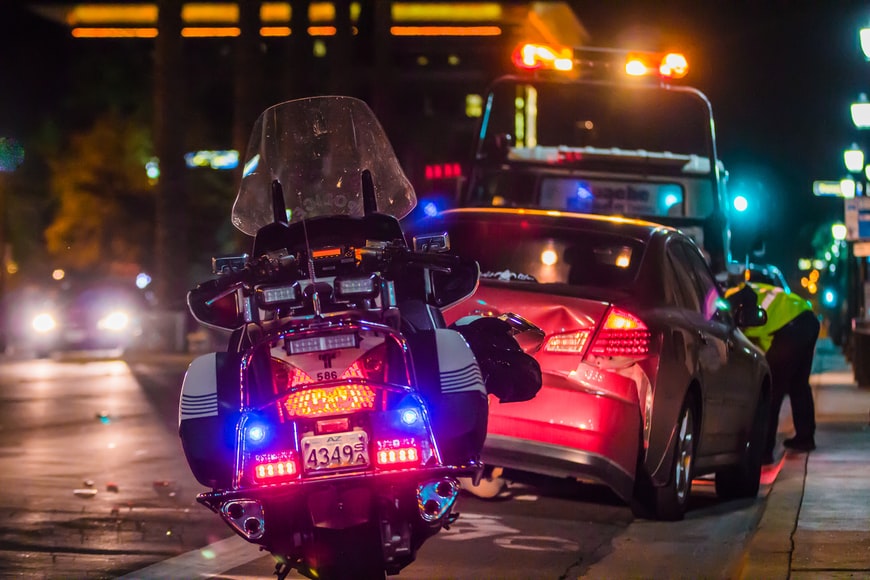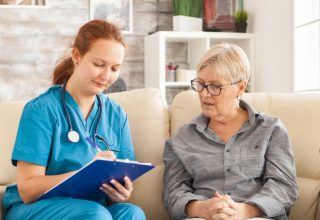Steps to Take After a Car Accident that is Not Your Fault
Nobody wants to be involved in a car accident, even a minor one, but when you have been in an accident that is not your fault, there are steps you can take to protect yourself from blame and liability when you file your personal injury claim.
7 Steps to Take After a Car Accident One Should Attempt:

1. Call for Help Immediately
Dial 911 immediately after your accident and tell the dispatcher what happened, where you are, and how many people are injured. Check on the driver of the other vehicle and see if any pedestrians, bicyclists, or others were injured in the accident.
2. Exchange Information
You are legally obligated to exchange information with the other driver(s), passengers, injured victims, and witnesses, such as pedestrians or other drivers. That information includes:
- Names
- Addresses
- Email addresses
- Phone numbers
- Auto insurance information
- If the driver of the other vehicle asks for it, then you must show proof of a valid driver’s license
3. Limit What You Say
After you have exchanged information, you are under no obligation to continue conversing with the other driver, especially if they are belligerent. You have the right to sit in your vehicle or in a safe location away from them until law enforcement arrives.
The responding police officer will ask you questions about the accident, and you should comply with their questions, but again, there are some things you should not say. First, do not try to give your opinions on who you think is at fault or why since that determination of liability will come after a thorough investigation.
You should stick to the facts: what you saw before the accident, what you heard before the accident, how many impacts you felt, and what occurred immediately after the accident.
Do not provide any speculations on how you think the accident happened, how fast do you think the other driver was going, or make any assumptions about their sobriety or driving. Not unless you have a specific behavior to point to, such as witnessing the driver weaving in and out of lanes before hitting you.
4. Accept Medical Help
You can avoid spurious arguments from the insurance company and track any risk factors for future complications if you visit a doctor right away.
Delaying treatment to any of your injuries, whether they are major or minor, may unintentionally lead you on a long road to recovery than if you had sought help immediately. Your doctor can provide detailed documentation of your injuries that your attorney will provide to the insurance company when they assess your claim and determine how much money you should receive as compensation.
Taking care of yourself after a car accident is your number one priority, so go to the nearest emergency room if you have not been assessed for common injuries such as whiplash, concussion, or internal injuries.
5. Take Photos
Taking pictures at the accident scene provides crucial evidence when you file your personal injury claim. However, it’s important to take pictures that provide information that the insurance company and your attorney will need.
You should take a combination of wide-angle and close-up shots of the accident. Wide-angle shots should encompass the entire scene of the accident, including the location, street signs, and road conditions that may have contributed to your accident. If there is construction nearby or debris in the road, then wide-angle photos should show the obstacle’s location in relation to where the accident happened and the spread of debris.
Close-up shots are important for capturing details such as injuries, bent metal or plastic, and damaged personal items. Your photos should also include the license plates for each vehicle, so it’s easy for your attorney and the insurance companies to distinguish which vehicle belongs to which driver.
Don’t forget the value of capturing video. In addition to providing still photographs to your attorney, capturing video of you panning across the scene of the accident can also be an effective tool when building your case.
6. Avoid Discussing Your Accident on Social Media
Social media is a great tool for staying in contact with loved ones and communicating life updates with them. You may want to share that you have been in an accident and talk about the resulting injuries, but you should hold off on online sharing before you speak with an attorney. Comments that you make online can and will be used against you in your case if the insurance company finds anything in your post that they can use to their advantage.
Furthermore, if you post about your accident and then post anything that could be construed as you feeling well or being uninhibited by pain or injuries, then the insurance company will use those posts as evidence when arguing that you are exaggerating your injuries. Some things just don’t need to be shared online, especially when you are in the middle of a personal injury lawsuit.
If you want to keep your family informed of your progress or have loved ones concerned about you, then either speak to them privately or talk to your attorney about how to share responsibly.
7. Find An Attorney
Hiring a car accident lawyer early on is a smart decision to ensure that you have the guidance you need to proceed with your claim. Your attorney will advise you of your rights, negotiate with the insurance company on your behalf, communicate with debt collectors for your medical expenses, and leave no stone unturned when investigating the circumstances of your accident.
You are more likely to get the compensation you deserve if you hire a personal injury attorney rather than represent yourself. You don’t want to run out of time to file your claim, so call a car accident lawyer today.
Read Also:
- Common Health Injuries From Slip And Fall Accidents: By Medical Experts
- How To Prepare For Medical Emergencies At Home
- How Important is Medical Indemnity Insurance for Medical Professionals?
- A Comprehensive Consumer Guide To Health Insurance And Coverage Options



